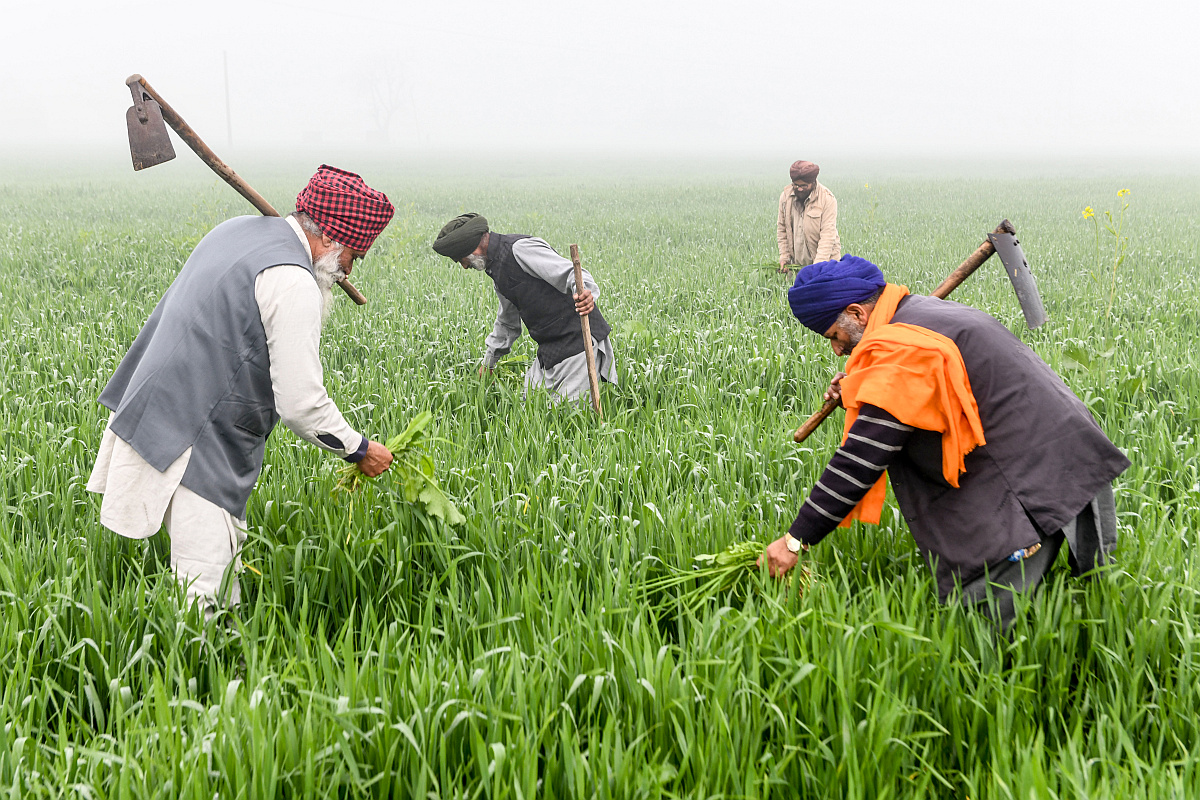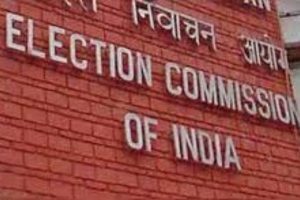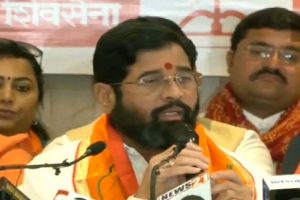As a result of the Green Revolution, the consumption of fertilisers rose dramatically from two Mt in 1970-71 to more than 27 Mt. in 2018-19. Side by side, consumption of synthetic pesticides has grown sharply over the past decades. Both in absolute terms and as a percentage of net sown areas, irrigated area more than doubled. At 250 billion cubic meters, India draws more groundwater every year than any other country in the world.
The nationalisation of 14 banks in 1969 was a landmark step towards the improvement of access to credit in rural areas. Because the Green Revolution meant a completely new way of farming, a critical role was played by the state-supported agricultural extension system which ensured ‘top-down, persuasive and paternalistic technology transfer.’ The setting up of the Food Corporation of India (FCI) in 1965 and the ensuing expansion of procurement operation at minimum support Prices (MSPs) ensured a stable market for farmers.

It is undeniable that the Green Revolution paradigm represents a powerful break from the past that provided India with comfortable food security. Green Revolution is a unique event in the agricultural history of Independent India. It transformed India to self-reliance from a ‘ship to mouth existence’ and made our peasants more confident than ever before. But it is also true that over the decades which followed, it sowed the seeds of its own destruction, leading to a grave farming crisis in India today. Indian farmers once enjoyed a certain stature in society, but today they have been driven to penury.
They are on a treadmill in which the downward pressure on the price that they receive ~ and/or the upward pressure in inputs needed for production ~ force them to adopt new technologies to enhance the scale of production as they attempt to continue in the farming profession. The treadmill that it creates is indicated by the adage, ‘We grow more corn to feed more cows, to make more milk, to buy more land, to grow more corn.’ Indeed, farming has now become a risky business.
More than three lakh farmers have died by suicide in the last three decades. We boast of self-sufficiency in food grain production. But this has been achieved through the pursuit of exploitative agricultural practices in the name of the Green Revolution, which laid emphasis on the production of two waterintensive crops ~ rice and wheat. It has wrested areas from coarse cereals, pulses and oilseeds and also left a trail of ecological hazards ~ depletion of soil nutrients, biodiversity, resurgence of pests and plant diseases, creation of salinity and water logging.
It is now recognized that the Green Revolution was simply a wheat-rice revolution. For decades, aquifers have been drilled everywhere at progressively greater depths, resulting in lowering of water tables and degrading water quality. There is evidence of fluoride, arsenic, mercury, and even uranium and manganese in ground water in some places. The increasing levels of nitrates and pesticide pollutants in groundwater have serious health implications.
Thus, the solution to food scarcity through Green Revolution led to the ‘ecological breakdown in nature and the political breakdown in society [as] consequences of a policy based on tearing apart both nature and society’ [Vandana Shiva]. Despite overflowing granaries, the Global Hunger Index Report 2000 ranked India 94th out of 107 countries. It is estimated by FAO (2020) that more than 180 million people remained malnourished in India during 2017-19, which is more than a quarter of the total of such people in the world.
Green Revolution has also given birth to growing disparities in economic development at inter- and intraregional levels. The revolution touched Punjab, Haryana, western UP, western Andhra Pradesh and TN. It hardly touched the eastern region including Assam, Bihar, West Bengal and Orissa and arid and semi-arid areas of Western and Southern India. Moreover, as the country is comprised of a multitude of different topographies, climate and soil types or agroecological zones, we needed appropriate R&D wings to develop technological packages suitable for each region.
It has been observed that big farmers having 10 Ha or more land have been more benefited than marginal/small farmers, because the latter, who make up around 86 per cent of farmers in the country, could not afford costly inputs necessary to participate in the Green Revolution. Thus, the Green Revolution widened the gap of economic inequality.
According to Peter Rosset, an agricultural researcher, there are three lessons we can learn from the Green Revolution: (1) Where farmland is bought and sold like any other commodity and society allows the unlimited accumulation of farmland by a few, super-farms replace family farms and all of society suffers; (2) Where main producers of food ~ small farmers and farm workers ~ lack bargaining power relative to suppliers of farm inputs and food marketers, producers get a shrinking share of rewards from farming, and (3) Where dominant technology destroys the very basis for future production, by degrading the soil and generating the pests and weed problem, it becomes increasingly difficult and costly to sustain yields.
Norman Borlaug summed up in a speech given thirty years after receiving the Nobel Peace Prize for his work in 1970: “… increased food production, while necessary, is not sufficient alone to achieve food security. Huge stocks of grain have accumulated in India, while tens of millions need more food but do not have the purchasing power to buy it.”
The strong argument for the Green Revolution in India is that as people are starving and if we grow more food, the problem of starvation would be solved. But this is not always true. Another Nobel Laureate Amartya Sen has pointed out that famines in India including the great Bengal famine of 1943 were not due to the absence or availability of food, but rather the inability of people to access it.
The opinion of the Famine Commission appointed by the colonial government in 1880 to investigate several famines that hit India was that during a famine every province was actually experiencing a surplus of food. Hence, the problem was not under production. It is clear that the time has come for a plan for social development rather than a strategy for abundance.
There are four important effects of the spatial and social disparities caused by the Green Revolution in India. These are: the change from the traditional sustainable method to mono-cropping and unsustainable practices; violence and dissolution of the sense of community among farmers; the loss of many small farmers’ landholding to large commercial farmers, and increased suicides rates of small farmers.
(Concluded)
(The writer is a retired IAS officer)











